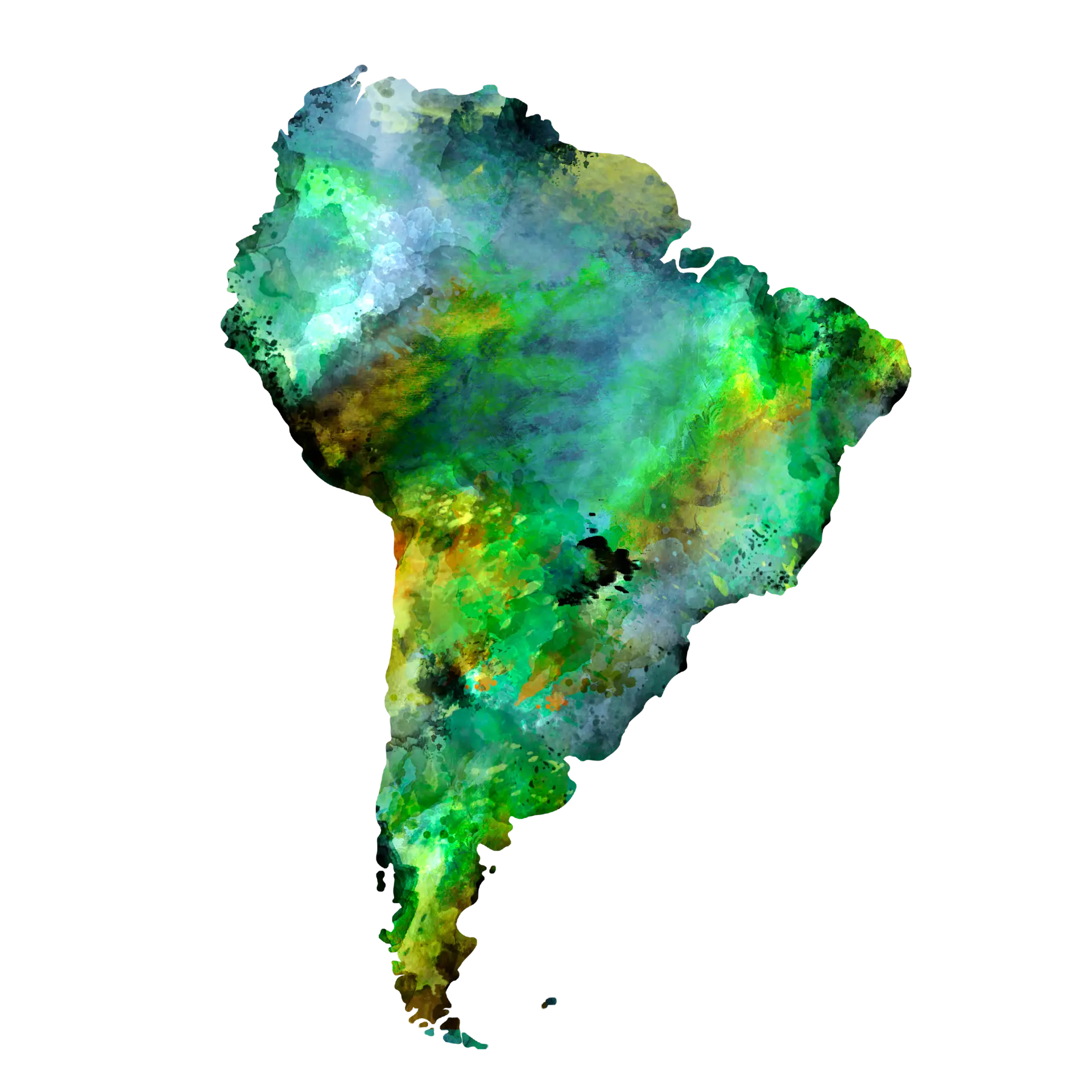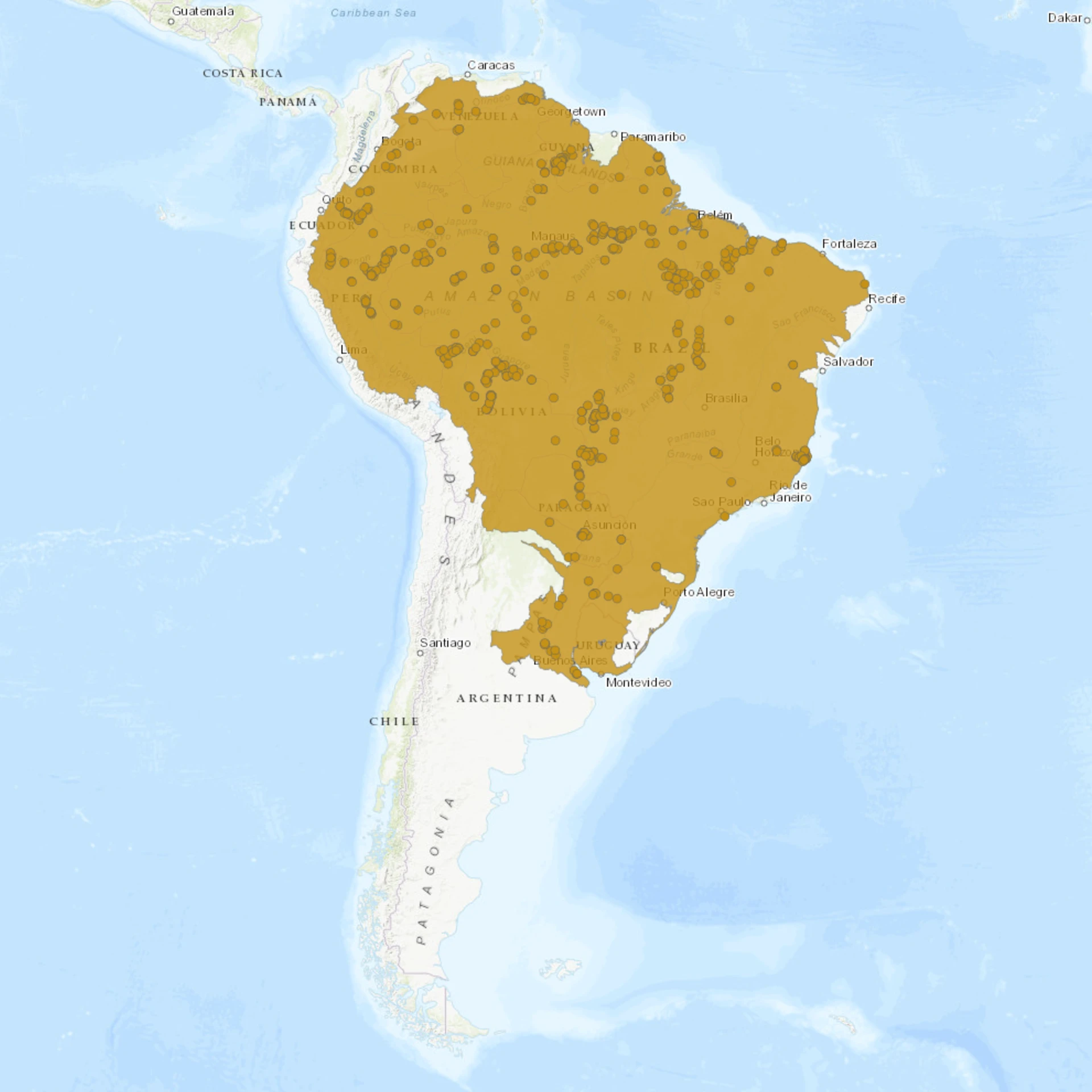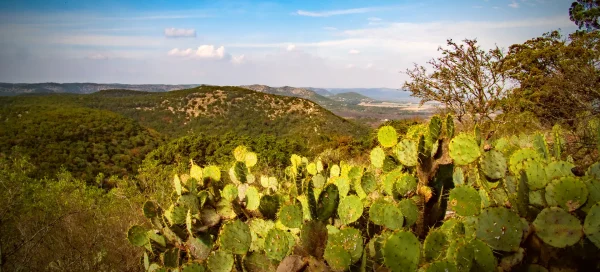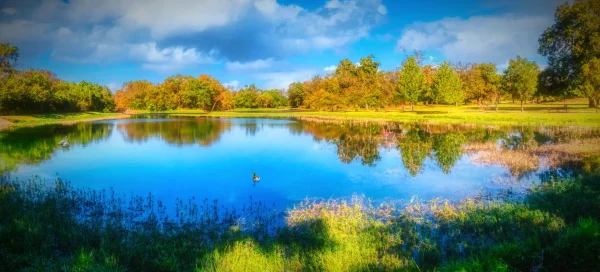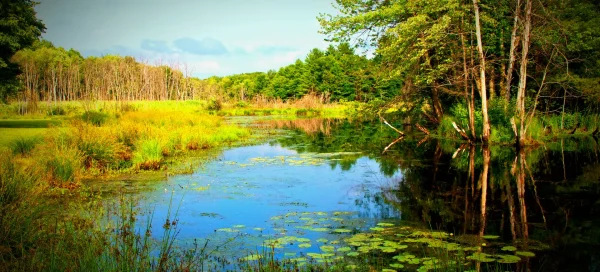Overview
The Red-bellied Piranha (Pygocentrus nattereri) is a freshwater fish known for its distinctive reddish belly and powerful, triangular teeth. It inhabits rivers, floodplains, and lakes across South America, particularly within the Amazon and Paraná basins. Although their reputation as aggressive predators is often exaggerated, they are opportunistic feeders capable of rapid feeding frenzies when stressed or threatened. This species plays a crucial ecological role as both a predator and scavenger, helping to maintain the balance of aquatic ecosystems.
Red-bellied Piranhas are social fish that typically live in schools ranging from a few individuals to several dozen. This schooling behavior protects from predators and facilitates cooperative hunting and the defense of territory. They are most active during daylight hours, with heightened feeding activity at dawn and dusk. During the dry season, they often become more aggressive due to reduced food availability and lower water levels.
Their coloration varies with age and condition, with juveniles displaying a more subdued silver-gray body that becomes more vivid as they mature. Adult piranhas develop the characteristic deep red belly and flanks, especially during the breeding season. Their robust bodies are laterally compressed and feature a blunt head with a strong jaw structure. The species has been a subject of fascination and myth due to its feeding habits and distinctive appearance.
Taxonomy
Kingdom
Phylum
Class
Order
Family
Genus
Species
Type
Current distribution:
Red-bellied Piranhas occur naturally throughout northern and central South America, with established populations in Brazil, Argentina, Bolivia, Colombia, Ecuador, Guyana, Paraguay, Peru, Uruguay, and Venezuela. Their range spans the Amazon, Orinoco, Paraguay, Paraná, Essequibo, and coastal river basins. They have also been introduced, sometimes illegally, to regions outside their native range, resulting in the establishment of localized populations. Such introductions can disrupt local ecosystems, as the piranhas compete with or prey upon native fish species.
Their distribution is strongly influenced by hydrological cycles and water connectivity. Flood pulses allow movement between habitats, facilitating gene flow and population mixing. They are most commonly encountered in lowland rivers and lakes with abundant cover and high primary productivity. Human activities, such as dam construction and habitat modification, can fragment populations and alter their natural dispersal patterns.
Physical Description:
The Red-bellied Piranha has a deep, laterally compressed body with a blunt snout and a powerful lower jaw lined with sharp, interlocking teeth. Adults typically display silver scales scattered with darker spots on the flanks and a vivid red coloration on the lower jaw, throat, and belly. The dorsal fin is relatively short, and the caudal fin is forked to aid in swift, agile swimming. Their eyes are large and positioned to provide excellent forward vision for locating prey.
Mature individuals develop a more pronounced red hue, particularly in breeding males, which is used in courtship displays and territorial signaling. Juveniles are more silvery, lacking the intense red pigmentation and prominent lateral spots. The scales are small and cycloid, offering some protection while maintaining streamlined movement. The muscular body and tail contribute to powerful bursts of speed when ambushing prey or evading threats.

Lifespan: Wild: ~10 Years || Captivity: ~15 Years

Weight: Male & Female: 2.0–4.0 lbs (0.9–1.8 kg)

Length: Male & Female: 11–20 in (28–50 cm)

Top Speed: 15 mph (24 km/h)
Characteristic:
Native Habitat:
Red-bellied Piranhas are native to slow-moving freshwater habitats, including rivers, floodplains, lakes, and lagoons. They prefer areas with dense submerged vegetation, root tangles, and submerged logs that provide shelter and ambush sites. Seasonal flooding creates nutrient-rich environments supporting diverse prey availability. The warm, oxygen-rich waters of the Amazon and Orinoco basins are ideal for their growth and reproduction.
During the wet season, they disperse into flooded forests and savannas where abundant food sources become accessible. In the dry season, receding waters concentrate populations into smaller channels and pools, increasing competition and aggression. They are highly adapted to fluctuating water levels and variable conditions typical of tropical South American rivers. This adaptability has contributed to their success across a wide range of distributions.
Biomes:
Biogeographical Realms:
Continents:
Diet:
Diet & Feeding Habits:
Red-bellied Piranhas are primarily opportunistic omnivores with a strong tendency toward carnivory. Their diet consists of fish, insects, crustaceans, mollusks, and occasionally includes plant material such as fruits and seeds. They often scavenge carrion and can strip carcasses quickly when in large groups, a behavior that contributes to their fearsome reputation. Feeding frenzies are usually triggered by stress, overcrowding, or scarcity of food resources.
These piranhas use their acute sense of smell and specialized pressure sensors to detect injured or distressed prey. They employ rapid, powerful bites to tear flesh, aided by their razor-sharp, triangular teeth. Their jaws generate a formidable bite force relative to body size, capable of shearing through bone and scales. In captivity, they are typically fed a diet of fish fillets, shrimp, and formulated pellets to replicate their natural dietary needs.
Mating Behavior:
Mating Description:
Red-bellied Piranhas have a seasonal breeding cycle that coincides with the rainy season, when rising waters flood vegetation and create ideal spawning sites. Males prepare and defend shallow nests, which are simple depressions cleared among aquatic plants or submerged debris. Females are attracted to these territories, where courtship involves circling and quivering displays. After spawning, the eggs adhere to the substrate and are primarily guarded by the male.
The adhesive eggs hatch in about 2–3 days, depending on water temperature. Males actively protect the larvae, displaying aggressive behavior toward intruders to ensure the survival of their offspring. Newly hatched fry remain near the nest for several days before dispersing into the surrounding vegetation. This parental care increases early survival rates and is unusual among many freshwater fish.
Reproduction Season:
Birth Type:
Pregnancy Duration:
Female Name:
Male Name:
Baby Name:
Social Structure Description:
Red-bellied Piranhas are highly social fish that form schools for protection and foraging efficiency. These schools may range from small groups of five to large aggregations of over a hundred individuals. Within schools, a social hierarchy can emerge, with dominant individuals often receiving the first food during frenzies. Group cohesion protects predators such as caimans, river dolphins, and larger fish.
Schooling also helps reduce aggression among individuals, as the presence of conspecifics can diffuse tension. When food is scarce or the water level drops, intraspecific aggression can increase, sometimes resulting in injury or harm. During breeding season, pairs may temporarily break away from schools to establish territories and nests. Outside of spawning periods, Red-bellied Piranhas maintain strong social bonds that are critical to their survival.
Groups:
Conservation Status:
Population Trend:
Red-bellied Piranhas are widespread and locally abundant throughout their native range. They are resilient to environmental fluctuations and exploit a broad range of freshwater habitats. High reproductive output and adaptability to changing water levels contribute to their stable populations. Localized declines may occur in areas affected by overfishing or severe habitat degradation.
While occasionally targeted for subsistence fisheries and the aquarium trade, harvest pressure has not resulted in significant range-wide declines. Conservation assessments consider the species to be secure due to its broad distribution and ecological tolerance. Fragmentation of river systems by dams can isolate some populations, but has not yet resulted in widespread impacts. Monitoring is crucial for detecting emerging threats related to habitat alteration and exploitation.
Population Threats:
Primary threats include habitat modification, such as dam construction, deforestation, and pollution from mining and agriculture. Dams disrupt natural flood cycles essential for spawning and feeding. Overfishing can impact local populations, especially in regions where piranhas are harvested for food or aquarium export. Invasive introductions to non-native areas pose ecological risks but do not currently threaten wild populations within their natural range.
Climate change may exacerbate seasonal droughts and reduce the availability of suitable habitats. Pollution from mercury and other contaminants can accumulate in tissues, affecting fish health and reproduction. Human fear and persecution occasionally lead to targeted culling or eradication attempts. Maintaining healthy riverine ecosystems is essential to sustaining robust piranha populations.
Conservation Efforts:
Conservation measures primarily focus on protecting riverine habitats and preserving natural hydrological regimes. Some protected areas within the Amazon and Orinoco basins help safeguard significant populations and breeding grounds of various species. Regulations on aquarium trade, exports, and fisheries ensure sustainable harvest practices in many regions. Education campaigns help dispel myths about piranha dangers and encourage responsible stewardship.
Research initiatives continue to investigate the ecology, reproductive biology, and population dynamics of piranhas to inform conservation management. Habitat restoration projects aim to rehabilitate degraded floodplains and improve water quality. International cooperation is important for managing transboundary river systems and addressing pollution and overfishing. Maintaining connectivity between floodplain habitats is a key strategy for supporting long-term population stability.
Additional Resources:
Fun Facts
- Red-bellied Piranhas can detect a single drop of blood in over 200 liters of water.
- Their teeth are replaced throughout life, similar to sharks.
- They communicate using low-frequency sounds, including barks and drum-like noises, to warn rivals.
- Their powerful jaws can exert a bite force of up to 67 pounds per square inch, remarkable for their size.
- Contrary to popular belief, piranha attacks on humans are rare and usually occur when water levels are low.
- Their red belly becomes brighter during the breeding season, signaling reproductive readiness.
- Red-bellied Piranhas play an important role as scavengers, cleaning up dead and decaying matter.
- Juveniles often school more tightly than adults to reduce predation risk.
- Indigenous communities sometimes use piranha teeth as tools or weapons.
- Their diet includes not just meat but also plant material, making them true omnivores.

